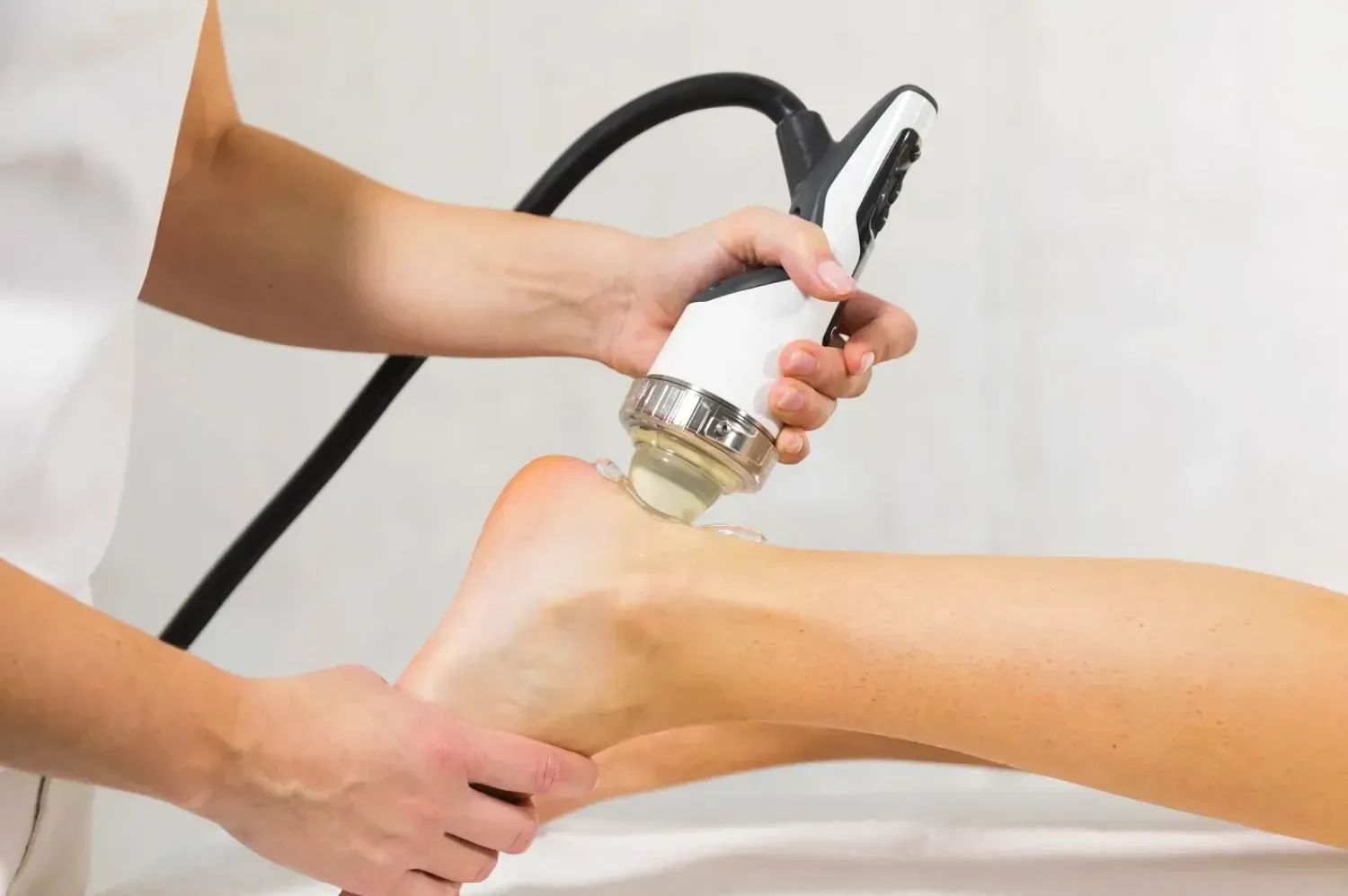
Shockwave Therapy: A Game Changer for Tendon Pain
Extracorporeal shockwave therapy targets damaged tissue by delivering precise, low-energy sound waves that stimulate increased blood flow and cellular repair. Around 50-70% of patients report significant pain relief after just three sessions spaced one to two weeks apart. You might notice reduced inflammation and a gradual return of strength in your tendon or plantar fascia. Since ESWT is non-invasive and outpatient-based, it offers a practical alternative before considering surgery, especially if other treatments haven’t provided enough benefit. This approach actively encourages your body’s natural healing mechanisms to address persistent tendon and fascia issues.
The Mechanisms Behind Shockwave Therapy: How It Heals
Shockwave therapy helps your body kickstart healing by sending controlled mechanical energy deep into the injured tissue. These shockwaves trigger increased blood flow, stimulating cell regeneration and reducing the buildup of damaged fibers. Over time, this can break down scar tissue and foster repair in stubborn areas like your Achilles tendon or plantar fascia, helping ease pain and restore function.
The Science of Acoustic Waves
The shockwaves used in ESWT are audible, low-energy acoustic waves that penetrate your skin without cutting or heating. Unlike electric currents, they work purely through mechanical pressure changes. These waves create microtrauma at the injury site, provoking your body’s natural repair response by boosting circulation and activating growth factors crucial for tissue regeneration.
Targeting Pain and Inflammation
Shockwave therapy tackles pain by disrupting pain signal transmission and lowering inflammation in the affected area. It encourages the release of substances like nitric oxide, which dilate blood vessels and decrease swelling. As the inflammation reduces, your nerve sensitivity calms down, giving you relief from stiffness and discomfort.
Beyond just soothing pain, shockwave therapy influences biochemical pathways that control inflammation. Your body responds to the microtrauma by releasing anti-inflammatory mediators and stimulating stem cells to repair tissues. Clinical studies suggest this targeted approach can reduce chronic inflammation markers, which makes ESWT especially helpful for persistent conditions that haven’t responded to standard treatments.
Identifying Candidates for Extracorporeal Shockwave Therapy
You’re typically considered for ESWT when other non-surgical treatments like physiotherapy, orthotics, or anti-inflammatory medication haven't eased your pain sufficiently. It suits those with persistent symptoms of Achilles tendinopathy or plantar fasciitis lasting several months, especially when healing seems stalled. Since ESWT is outpatient and minimally invasive, it offers a practical option before thinking about surgery. Your healthcare team will assess your medical history and symptom patterns to ensure this treatment aligns with your needs.
Who Benefits Most from Treatment
If your symptoms have lasted longer than three months despite conservative care, you may experience the greatest relief from ESWT. Studies show about 50 to 70% of patients report significant pain reduction. Younger, active individuals and those without severe tendon degeneration often respond particularly well. The treatment works by boosting blood flow and promoting tissue repair, so if your injury is recent enough and hasn’t progressed to complete tears, you stand a good chance of improvement.
Pre-existing Conditions and Considerations
Several health factors might influence whether ESWT is appropriate for you. Conditions such as bleeding disorders, infections near the treatment site, or pregnancy typically exclude you from having ESWT. Additionally, if you have implanted devices like pacemakers or certain neurological disorders, your clinician will carefully evaluate risks. Sharing your full medical history upfront helps tailor your treatment safely and effectively.
In more detail, ESWT isn’t suited to everyone. For example, if you’re on blood-thinning medication, there’s a higher risk of bruising or bleeding during treatment. Active infection or open wounds where the shockwaves would be applied could worsen with therapy. Your doctor will also consider any nerve damage or diabetes that might affect healing capacity. These evaluations ensure ESWT is used when the potential benefits outweigh any possible complications.
Navigating the Risks: What to Expect
While many patients experience significant relief with ESWT, there are some risks you should be aware of. Most side effects tend to be mild and temporary, such as redness or swelling that fades within days. However, in rare cases, the treatment can lead to worsening symptoms or other complications. Your healthcare team will monitor your progress and discuss any concerns throughout the process, helping you weigh these risks against the potential benefits for your specific condition.
Common Risks Associated with ESWT
During and after ESWT, you might feel some discomfort or pain, which tends to be manageable for most. It’s common to notice redness, swelling, bruising, or numbness around the treated area, usually resolving within a week. Since the shockwaves stimulate healing by increasing blood flow to damaged tissues, mild inflammation is expected but typically subsides before your next session.
Rare but Serious Complications
Though uncommon, there’s a very small risk that ESWT could cause tendon or ligament rupture or damage nearby soft tissues. In such cases, symptoms may worsen and require further medical intervention. Your doctor will assess your individual risk before proceeding, especially if your tendon or tissue is already weakened.
Soft tissue damage from ESWT is rare but can have significant implications if it occurs. Tendon rupture, for example, may lead to a sudden increase in pain and loss of function, sometimes necessitating surgery. These risks are minimized through careful patient selection, adherence to treatment protocols, and ongoing monitoring. Communicating any new or worsening symptoms immediately helps your care team respond promptly and adjust your treatment plan if needed.
Managing Expectations: Side Effects and Recovery
During and after your shockwave therapy sessions, some discomfort is expected but usually manageable. Common reactions include redness, swelling, bruising, and occasional numbness around the treated area, typically resolving within a week before your next appointment. While most patients experience gradual improvement, a small number might notice a temporary worsening of symptoms, or very rarely, more serious issues like tendon rupture. Your body’s response can vary, so keeping track of how you feel and communicating with your healthcare provider helps tailor your recovery effectively.
Potential Side Effects to Be Aware Of
You may feel mild to moderate pain during treatment, which often subsides shortly afterward. Redness and bruising can appear, although skin tone may affect how visible these are. Swelling and numbness are also possible, usually improving within days. A very small risk exists for tendon or ligament damage, so if you notice increased pain or sudden changes, report them promptly to your clinician. These side effects are generally temporary and part of the body’s healing response triggered by the shockwaves.
The Importance of Consent: Your Right to Know
Before starting ESWT, you’ll be asked to sign a consent form that confirms you understand what the treatment involves and agree to proceed. This process ensures you’ve received clear information about the benefits, potential side effects, and alternative options, so you can make an informed decision about your care.
Consent isn’t just a formality—it’s a conversation. Health professionals will explain the procedure in detail, including what to expect during and after treatment, and answer any questions you have. This dialogue helps you weigh risks like the rare chance of tendon rupture against expected outcomes. Your input shapes your treatment plan, making your comfort and preferences a priority throughout ESWT.
Next Steps: Engaging with Our Medical Team
Once you've learned about ESWT and how it may help your Achilles tendinopathy or plantar fasciitis, connecting directly with your medical team will keep you informed and supported. Your consultant and clinical nurse specialist can provide personalized advice based on your progress and discuss any alternative treatments if necessary. Staying in touch ensures your treatment plan adapts to your needs and any concerns you have get addressed promptly, helping you take confident steps toward recovery.
How to Contact Us for More Information
If you have any questions about ESWT or your specific condition, you can reach the clinical nurse specialist Monday to Friday, 9am to 5pm. Simply call the hospital switchboard at 020 7188 7188, ask for the bleep desk, and request bleep 2567. Waiting for a response connects you directly to someone who can provide detailed information and answer your queries.
Sharing Your Feedback: We're Here to Help
Your experiences and feedback help us improve the care we provide. If you have any comments, concerns, or suggestions about your treatment or service, please get in touch with our Patient Advice and Liaison Service (PALS). They offer a confidential way to share your thoughts and work with you to resolve any issues or support your journey.
The Patient Advice and Liaison Service acts as a bridge between you and the healthcare team, providing assistance if you feel uncertain about your care or want to raise concerns. Whether your feedback is about appointment arrangements, communication, or treatment itself, PALS staff listen carefully and strive to find solutions. Engaging with PALS can also help clarify information or connect you with additional resources, ensuring your voice contributes to the quality of your care experience.
FAQ's
What the is shockwave therapy for achilles tendinopathy?
Shockwave therapy, specifically extracorporeal shockwave therapy (ESWT), is a non-invasive treatment utilized for various musculoskeletal conditions, including achilles tendinopathy. This therapy employs high-energy sound waves to stimulate healing in the affected area. By promoting increased blood flow and collagen production, it aims to alleviate pain and enhance recovery in individuals suffering from both insertional and midportion forms of achilles tendinopathy.
How does extracorporeal shockwave therapy work?
Extracorporeal shockwave therapy operates by delivering acoustic waves to the tissue surrounding the achilles tendon. These sound waves create microtraumas in the tissue, which in turn elicit a healing response. This response includes the activation of cellular repair processes and increased circulation to the area. Consequently, it aids in reducing inflammation and promotes the regeneration of the tissue affected by chronic achilles tendinopathy.
What conditions can be treated with shockwave therapy?
Shockwave therapy is primarily employed for treating achilles tendinopathy, including both insertional and midportion types. It is also beneficial for various other conditions such as plantar fasciitis, shoulder tendinopathy, and tennis elbow. The versatility of this treatment makes it a valuable option in the management of musculoskeletal disorders and injuries.
Is shockwave therapy effective for chronic achilles tendinopathy?
The effectiveness of extracorporeal shockwave therapy for chronic achilles tendinopathy has been supported by various studies, including research conducted by Rompe et al.. These studies have shown that patients receiving shockwave therapy for chronic achilles tendinopathy experience statistically significant improvements in pain levels and functional abilities. However, individual responses to treatment may vary, and it is essential to consult a healthcare professional for personalized recommendations.
How many sessions of shockwave therapy are typically required?
Most patients undergoing shockwave therapy for achilles tendinopathy typically require between 3 to 5 sessions, depending on the severity of their condition. Each session generally lasts about 15 to 30 minutes. It is important to follow the treatment plan recommended by a healthcare provider
What is shockwave therapy for achilles tendinopathy?
Shockwave therapy, specifically extracorporeal shockwave therapy (ESWT), is a non-invasive treatment method that utilizes high-energy acoustic waves to promote healing in damaged tissues. In the context of achilles tendinopathy, this therapy aims to reduce pain and enhance recovery by stimulating blood flow, cellular repair, and collagen synthesis within the affected achilles tendon.
How does extracorporeal shockwave therapy work?
Extracorporeal shockwave therapy involves the application of focused shock waves to the site of injury. These waves penetrate the skin and target the underlying tissues, stimulating a biological response that promotes healing. The process increases local metabolism, encourages the reorganization of collagen fibers, and helps in alleviating pain associated with chronic achilles tendinopathy.
What are the benefits of shockwave therapy for achilles tendinopathy?
The benefits of shockwave therapy for achilles tendinopathy include significant pain reduction, improved function, and a shortened recovery time. Studies have shown that patients with insertional achilles tendinopathy and chronic achilles tendinopathy often experience a statistically significant improvement in their symptoms following treatment. Furthermore, this therapy is non-invasive and does not require anesthesia, making it a favorable option for many patients.
Is shockwave therapy effective for all types of achilles tendinopathy?
Shockwave therapy has been found to be particularly effective for both chronic achilles tendinopathy and insertional achilles tendinopathy. However, the effectiveness may vary depending on the severity and duration of the condition. It is advisable for patients to consult healthcare professionals to determine the most appropriate treatment plan tailored to their specific type of achilles tendon injury.
How many sessions of shockwave therapy are typically required?
achilles tendinopathy. Each session usually lasts between 15 to 30 minutes, and treatments are typically spaced one week apart to allow for recovery and evaluation of progress.
Alright, so shockwave therapy, or more formally known as extracorporeal shockwave therapy (ESWT), is a non-invasive treatment that uses high-energy sound waves to stimulate healing in the achilles tendon. It’s like sending little sonic booms into your heel to get rid of pain and promote healing. If you're dealing with chronic achilles tendinopathy, this could be a game-changer for you!
How does shockwave therapy work?
Great question! When these sound waves hit the affected area, they create microtraumas in the tissue. This might sound scary, but it actually encourages your body to send resources to the area to heal. Think of it as a wake-up call for your body to kickstart the healing process. Plus, it can help reduce pain and improve mobility, which is what we all want, right?
Is shockwave therapy for achilles tendinopathy effective?
Totally! Many studies, like those by Rompe et al, have shown the effectiveness of extracorporeal shock wave therapy in treating both insertional and midportion achilles tendinopathy. It's been statistically significant in helping people reduce pain and improve function. So if you’re hesitant, just know that there’s a lot of positive feedback from folks who have tried it!
What are the benefits of wave therapy for achilles tendinopathy?
There are quite a few perks! First off, it's non-invasive, meaning no needles or surgeries required Secondly, it often leads to faster recovery times compared to traditional treatments. Plus, for those tired of popping painkillers, it offers a natural way to manage pain. So, less downtime and more movement, which is fantastic!
How long does a shockwave therapy session take?
Most sessions are relatively quick, usually lasting around 15 to 30 minutes. You’ll be in and out before you know it! Typically, you might need a series of sessions over a few weeks, but your doctor will help you figure out the best plan based on your specific situation.
Are there any side effects of shockwave therapy for chronic achilles?
Like anything, there can be some side effects, although they're usually mild.


